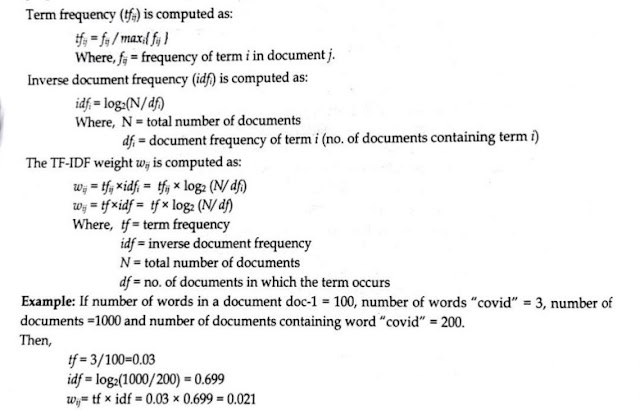How to generate correlation Analysis from Association Analysis?
As we have seen so far, the support and confidence measures are insufficient at filtering out uninteresting association rules. To tackle this weakness, a correlation measure can be used to augment the support-confidence framework for association rules. This leads to correlation rules of the form A⇒ B [support, confidence, correlation]. - equation 6.7 That is, a correlation rule is measured not only by its support and confidence but also by the correlation between itemsets A and B. There are many different correlation measures from which to choose. In this subsection, we study several correlation measures to determine which would be good for mining large data sets. Lift is a simple correlation measure that is given as follows. The occurrence of itemset A is independent of the occurrence of itemset B if P(AUB) = P(A)P(B); otherwise, itemsets A and B are dependent and correlated as events. This definition can easily be extended to more than two itemsets. The lift between the occurrence of...


.png)
.png)
.png)
